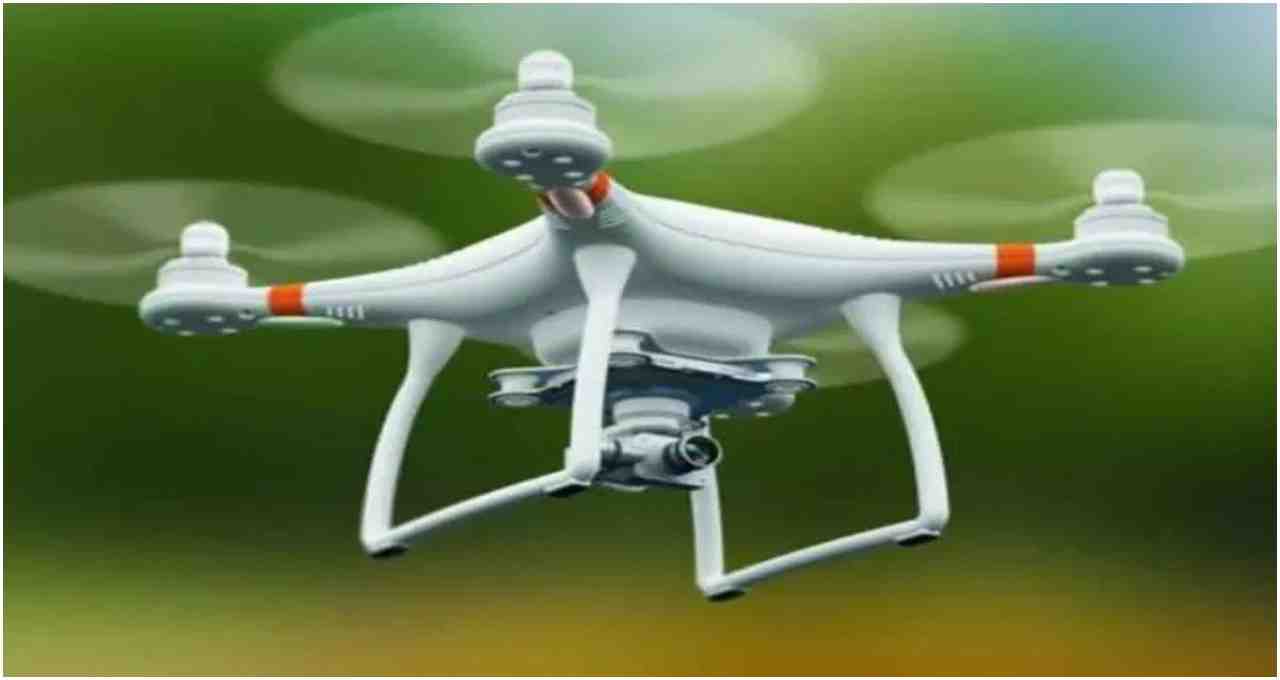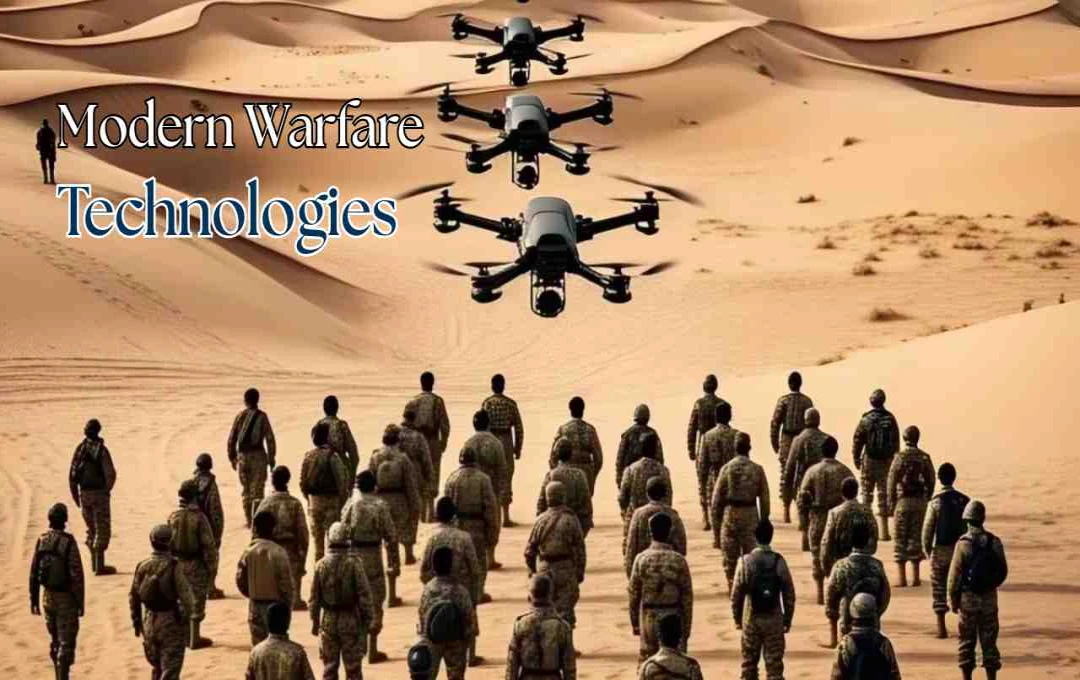In today's battlefield, small-sized weapons and digital technologies are making a big impact. Micro-drones, swarm technology, cyberattacks, and nano-tech devices are now proving to be more dangerous than traditional weapons. According to experts, strict regulations and surveillance are necessary to ensure global security with the development of these weapons.
Modern Warfare Technologies: In today's battlefield, destruction is no longer limited to large missiles or tanks. Highly lethal weapons, even in small sizes, such as micro-drones, swarm technology, cyberattacks, and nanotechnology, are rapidly evolving. These weapons can have a significant impact on an enemy's infrastructure, communication, and economic systems at any time. Experts state that international rules, surveillance, and caution are extremely essential to control this rapidly advancing technology.
Micro-Drones and Swarm Technology
Small unmanned aircraft (micro-drones) are no longer limited to surveillance today. These small drones are performing tasks such as reconnaissance, precision attacks, and information gathering. While dangerous even when flying alone, their true power emerges when hundreds of drones form a swarm. A swarm can simultaneously attack, obstruct, or gather information. It is difficult for traditional defense systems to counter them.
The advantage is that due to their small size, they can be easily concealed and deployed. They can attack targets with high precision at low cost, especially in urban areas.

Cyber Weapons and Digital Threats
Among the smallest yet most effective weapons are cyberattacks. Just a line of software, incorrect code, or malware can disrupt power grids, banking systems, or military communications. Historical examples like Stuxnet demonstrate that digital attacks can cause significant damage in the physical world.
Cyberattacks can disrupt an enemy's infrastructure and strategies without causing any physical debris. Their economic and strategic impact is extensive.
Nanotechnology and Future Challenges
Nanotechnology-related devices also possess the potential for big impact in small packages. These tiny devices can be used for espionage or precise attacks and can self-destruct. While there are policy and technical hurdles in reality, research indicates that the emergence of weapons capable of delivering significant results in small sizes is possible in the future.
Experts state that with the rapid development of these technologies, rules, surveillance, and international agreements are extremely crucial. This will make it possible to control the new technological challenges of warfare and ensure global security.















